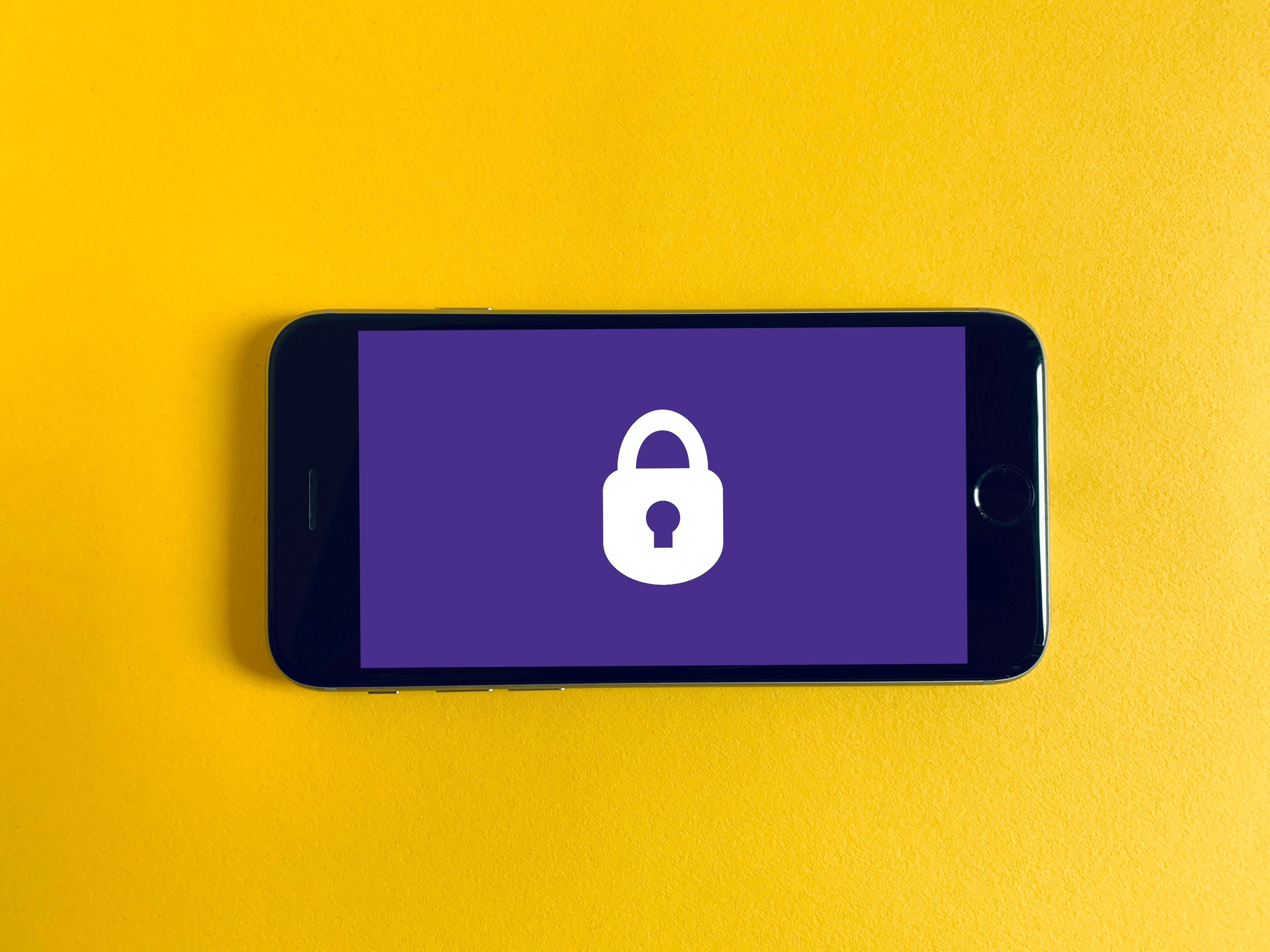Thanks to modern technology, we can now obtain infinite knowledge with the simple click of a button.
There are limitless courses available online and there are online course platforms that are designed to make learning more interactive and interesting!
Some schools for every grade level are now online too. While the pandemic has made it a necessity, this trend started before that happened.
Online education is great. However, it is not without risks.
You would be surprised at the kind of information a perfect stranger could find out about you or your children within minutes, as well as what they might use it for.
Many people don’t think about how many aspects of our lives are available on the Internet, creating a blazing trail of data nuggets that leave us at risk of scams and identity theft.
Someone can easily impersonate you and steal from you with your stolen information in hand. You might think that the security built into websites and online learning centers will protect you.
But even the most fortified repositories can experience breaches.
In 2021, there were 1862 data breaches involving almost 300 million individuals after nearly 18.5 million records were exposed.
Why is Protecting Identity Vital for Online Training and Courses?
As more companies employ remote workers and more courses and training are offered online, the target for cyber attacks becomes larger.
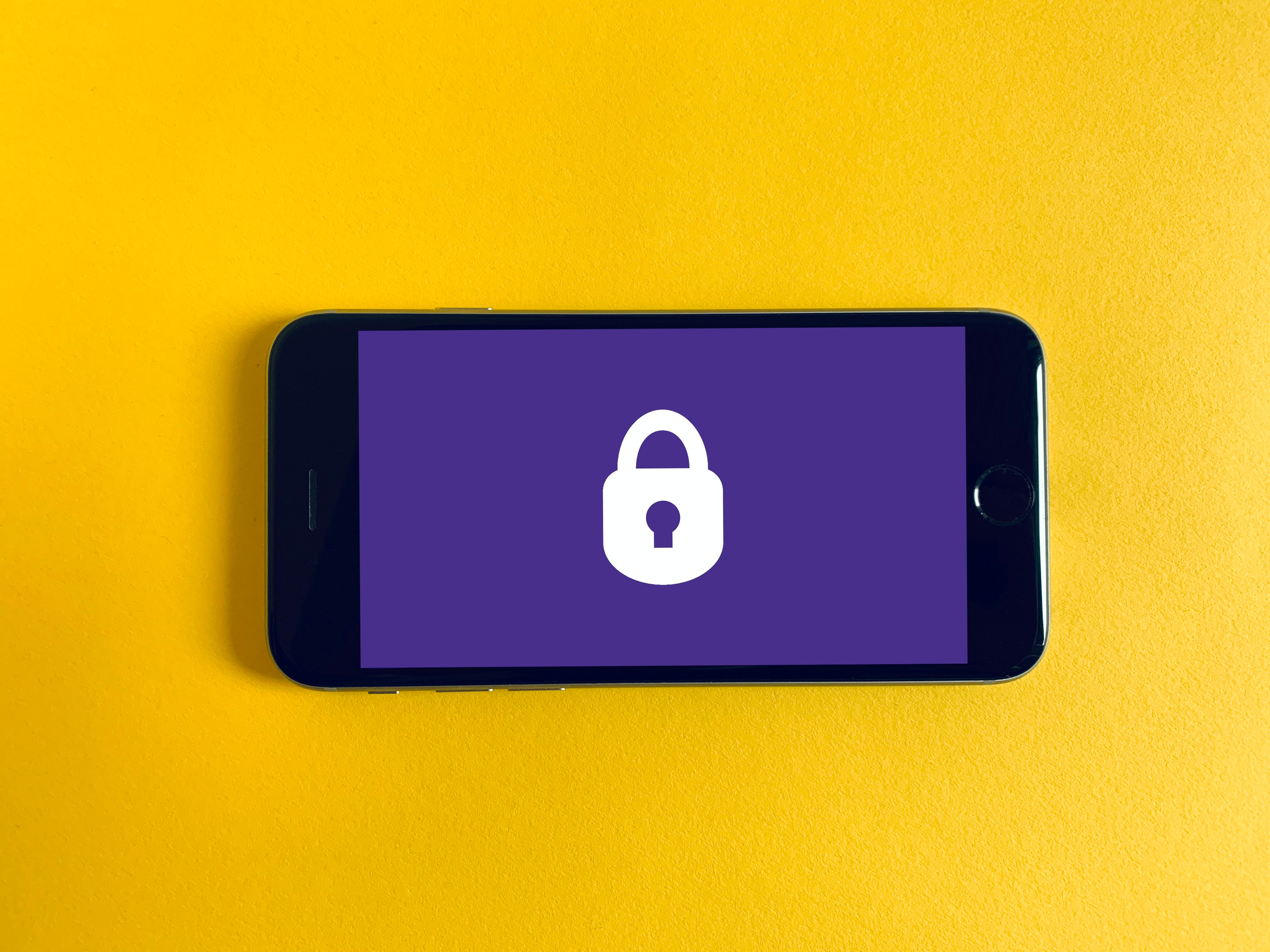
According to WHO (The World Health Organization) attempted data breaches and phishing attempts have grown 5x since the beginning of the pandemic.
As a result, businesses and online learning platforms (LMS) must make the necessary changes and build robust data security policies.
There are numerous steps online education facilities can integrate into their platforms to improve data security practices, including:
- Utilize authentication procedures for users to add a layer of protection
- Use a cloud-based LMS for added security and to manage user authorization
Choose a safer online learning platform with the right security measure in place.
What Is Identity Theft?
Your personal information identifies you as who you are, and no, it has nothing to do with your music preferences or astral chart.
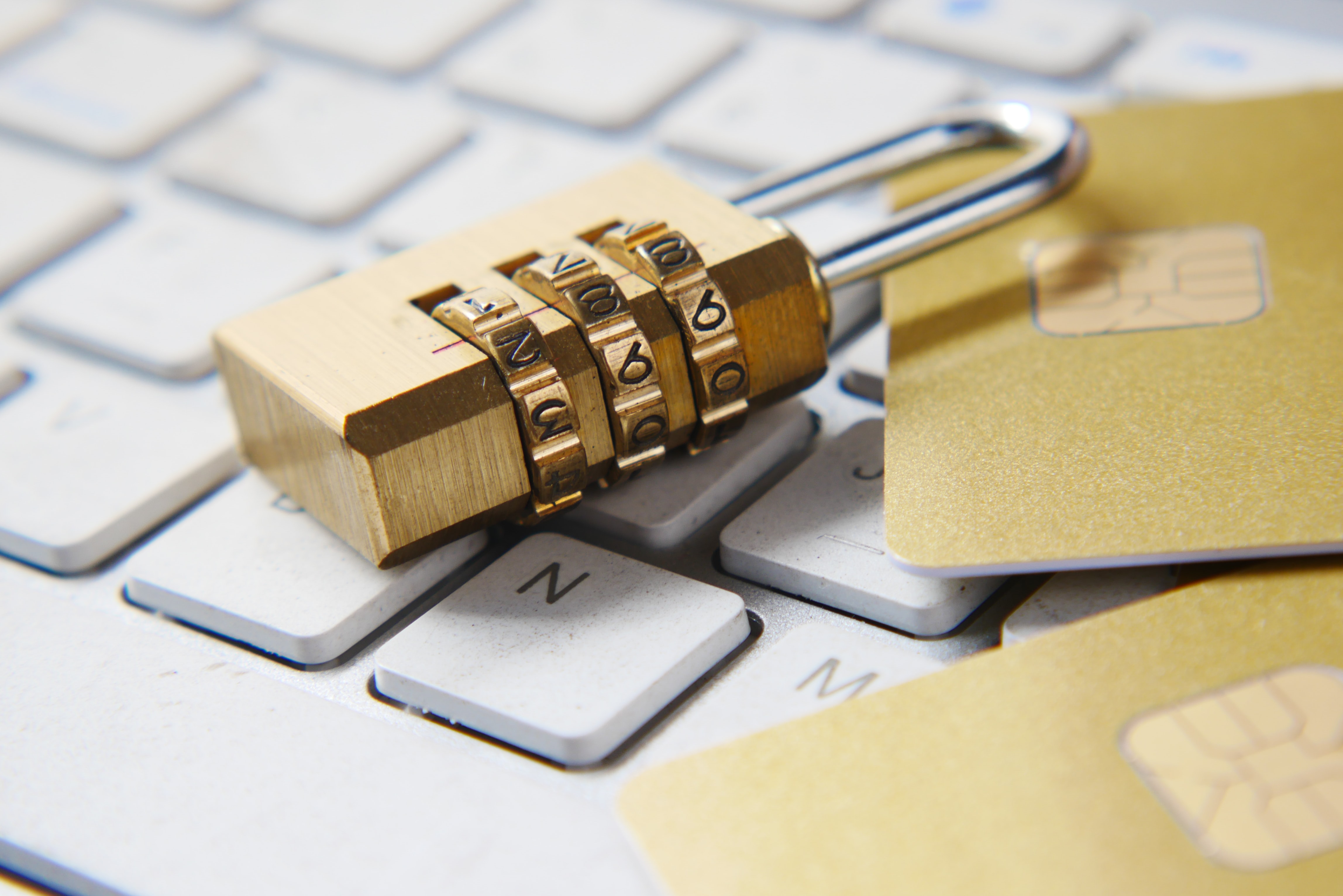
Be that as it may, seemingly harmless and mundane facts about yourself can be used for identity verification, such as your date of birth and your mother’s maiden name. Someone with bad intentions can take over your accounts and wreak severe damage this way.
Beyond that, with details like your driver’s license, bank account number, passwords, passport number, and more, thieves can commit a laundry list of crimes.
This includes social media fraud, phishing scams, government benefits fraud, tax fraud, medical fraud, personal loan fraud, and credit card fraud. Indeed, you don’t want to be involved in or have your name tied to any of these schemes.
As such, you should arm yourself with some crucial identity theft basics so that you can ensure no one puts your good name and livelihood at risk. Here are some methods to get started on protecting yourself online and off.
Keep Personal Info Private
This is a no-brainer but bears repeating: You should never give personal information over the phone or through the Internet.
Nowadays, it is much too easy to pretend to be your relative or friend simply asking for details they claim they forgot or need to double-check.
In addition, only give information that is absolutely necessary. Besides, these channels are unsecured and could be found by enterprising hackers.
Freeze Your Credit
Freezing your credit file is free and doesn’t mess with your score at all. When you need to conduct your business, you alone can unfreeze your credit file.
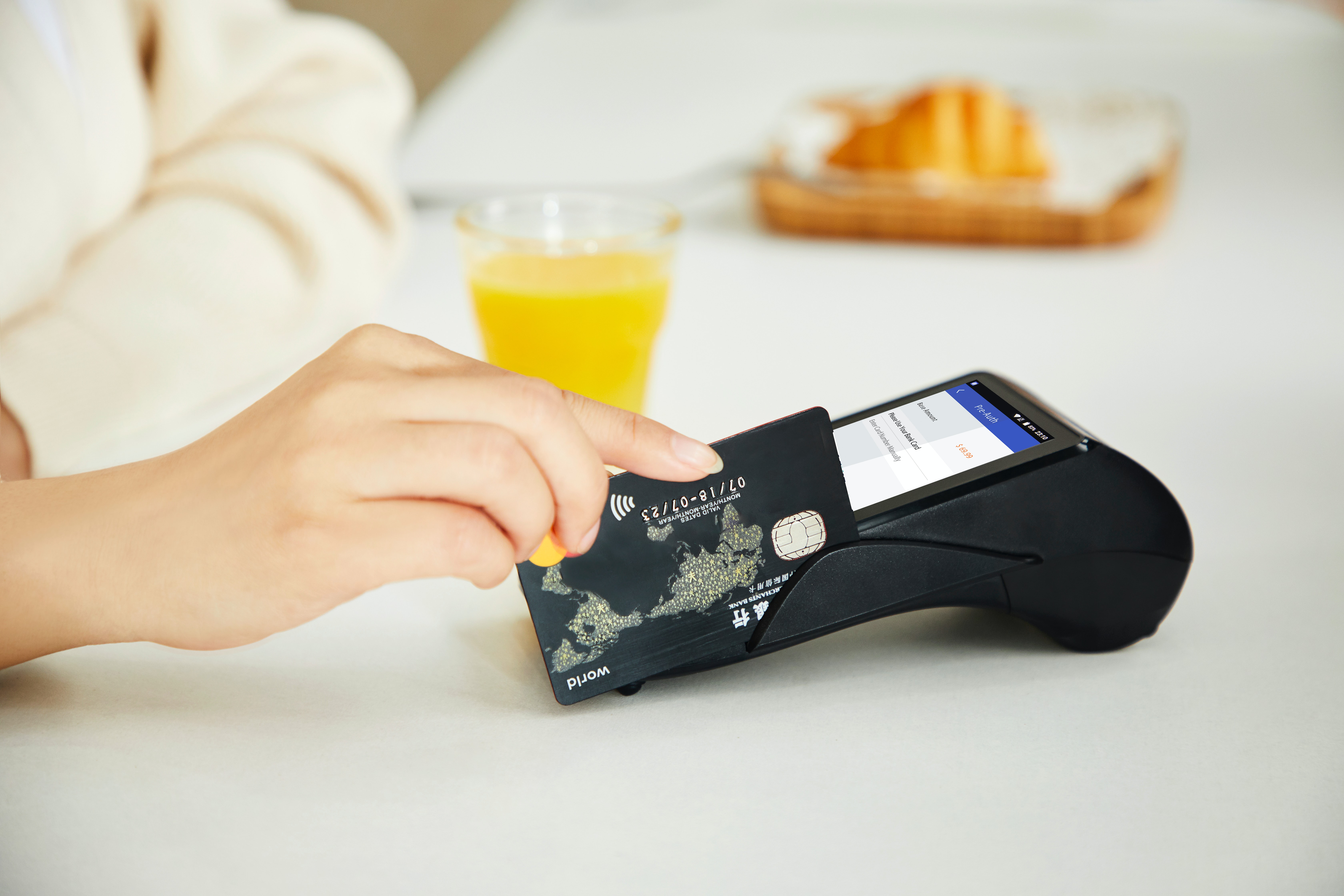
This creates an extra layer of protection against identity theft. In exchange, you can make sure that you are safe against identity theft threats as it prevents anyone from opening an account, applying for a loan, or getting a new credit card while it’s frozen.
Another good idea is to freeze your children’s credit files if you have them. Child identity fraud is a popular method of identity theft and can cost your family lots of money in damages.
Review Statements
You should always go through your bank and credit card statements with a keen eye. To facilitate this, you should keep a detailed record of your transactions.
Typically, thieves will make small charges to your account as they are easily missed even by your banking institution.
At the same time, you should set up alerts for transactions if possible to know the instant something is amiss and someone is spending your money.
Safeguard Your Mail
Image source
Even though identity theft is very sophisticated, some tried, and true low-tech methods are often overlooked yet equally devastating.
Thieves can walk right up to your mailbox and steal your school records, bank statements, utility bills, tax forms, and more.
They can even request for a change of address, leaving you without documents that might be crucial in discovering that you’re being hacked.
As such, you should always follow up when you don’t receive mail that you should and remember to arrange for mail to be put on hold or collected by someone trusted while you’re away. The best thing to do is to make a habit of managing your mail every day when it arrives.
Shared Documents
Documents that contain your personal information should be safeguarded to prevent such details from falling into the wrong hands.
Make sure you know what your online training center will be sending so you don’t fall for scammers asking for information.
Fortify Your Accounts
Image source
Create strong passwords and keep them in one safe place with easy access to secure your movements online.
However, you should not repeatedly use the same password for every website. You should use different ones for every occasion you need one.
Utilizing a good password manager will help with this. At the same time, you should change your passwords frequently and enable two-factor authentication on your devices.
Invest In Antivirus
If you find that your device experiences issues such as fast battery drainage, failure to shut down or restart, unwanted pop-ups or ads, you might already be a victim of malware or spyware.
By setting up antivirus software on your devices, you can prevent hackers from getting your personal information and using it to steal your identity.
This essential move functions as insurance, helping you keep your device safe and running smoothly.
Keep Software Updated
Outdated software makes it a piece of cake for hackers to gain access to your device and thus all the information contained within it.
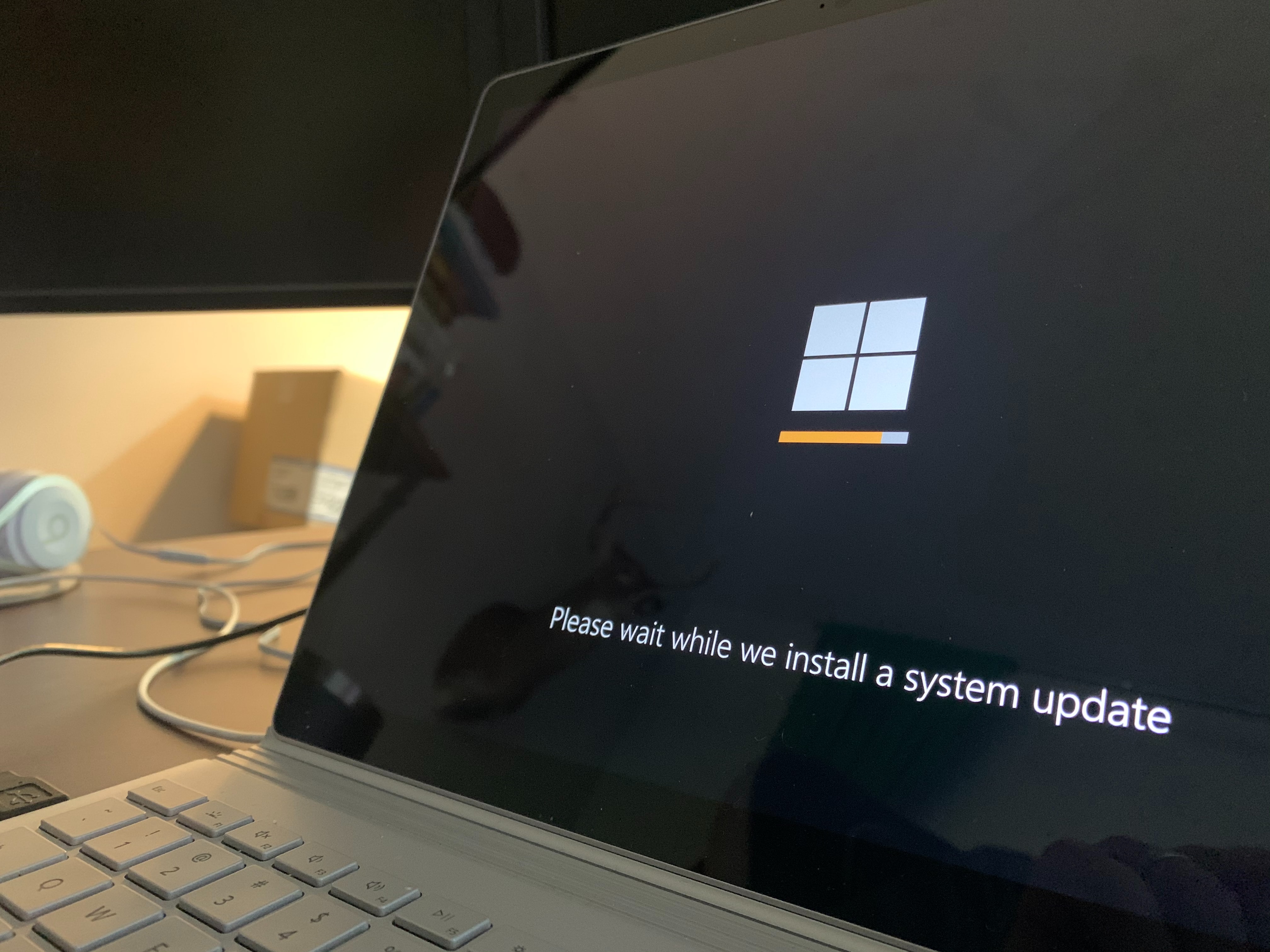
To prevent this from happening, you should change your settings to allow automatic updates. Doing so will provide your devices with an extra and robust layer of protection.
Review Social Media Settings
Social media is currently one of the first apps you might download first onto your device. They have taken over the modern world in so many ways, and yet many are still unaware of the risks they pose.
Many external websites allow you to sign in through your social media. This can be dangerous as it will enable the social media platform to collect your activity in one place.
When a data breach occurs, all this data will be handed over to hackers on a silver platter. To stop your social media from monitoring your off-site activity, you should tighten up security settings.
At the same time, you should also make sure your posts and updates are only visible to those you want to see.
Be Wary While Browsing
You may think that you’re too smart and cautious to fall for phishing scams, but they are getting increasingly detailed and believable as time goes on.
Never click on suspicious links as they might lead you to unsecured websites. These links may even come in emails supposedly from your school, work, bank, and others.
Secure Downloads
Downloading things from the Internet is easier than ever, opening you up to a wealth of content and media for free.
However, you might not only be breaking the law by pirating but also putting yourself at risk when you download from peer-to-peer file-sharing services.
Unsecured files or software might contain spyware along with whatever it is you are downloading.
Get A Data Plan
Free Wi-Fi might be convenient, but it also puts you at risk of having your data stolen. Therefore, it’s advisable to have a robust internet data plan to prevent identity theft cases while you’re out getting your coffee and decide to check your email while waiting.
Learning Online Safely
There are many advantages to learning online. It can be a lot more convenient and less expensive. You must choose a learning platform that ensure safe and secure experience to your learner.
Keeping your identity safe while learning is akin to fighting an invisible enemy. Take these steps to ensure that you have a great and safe experience learning online.
